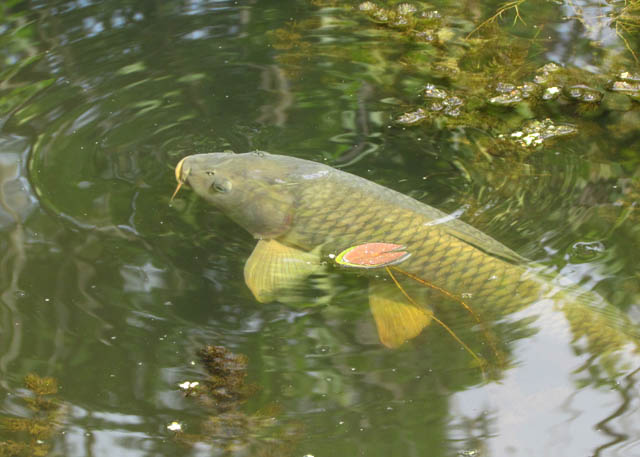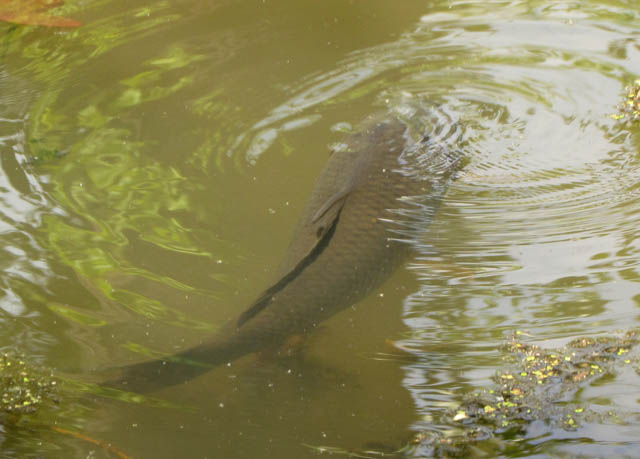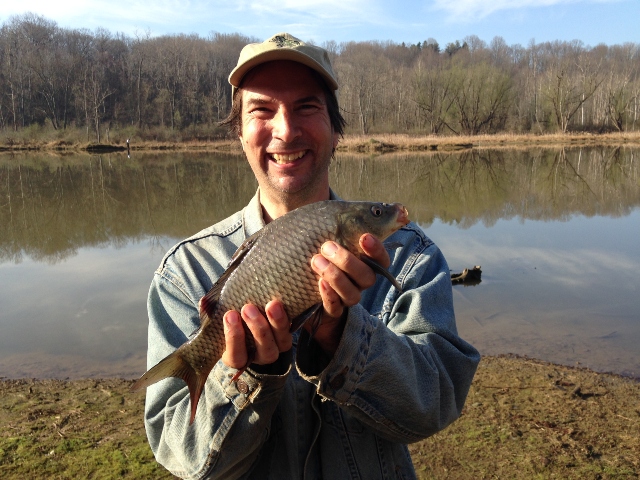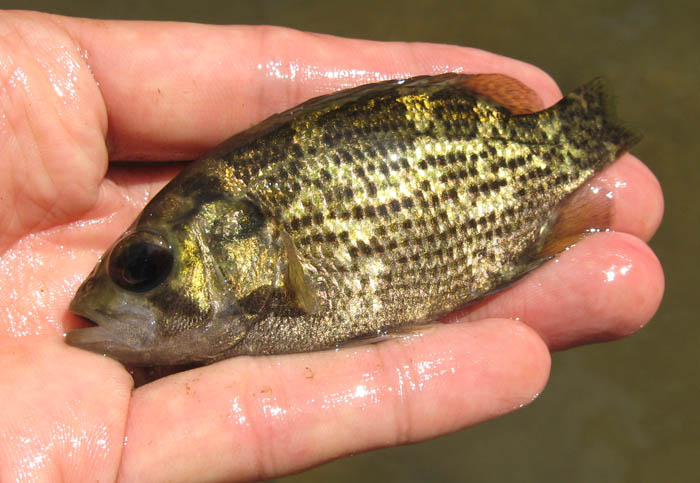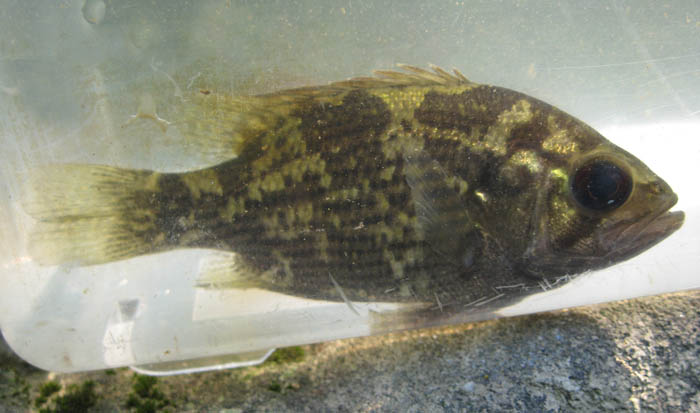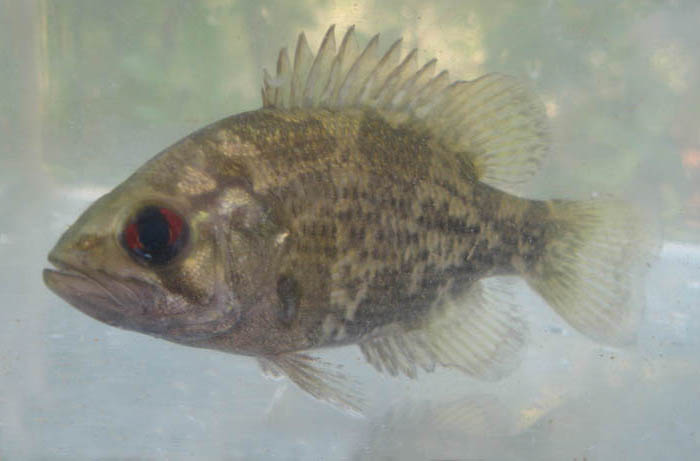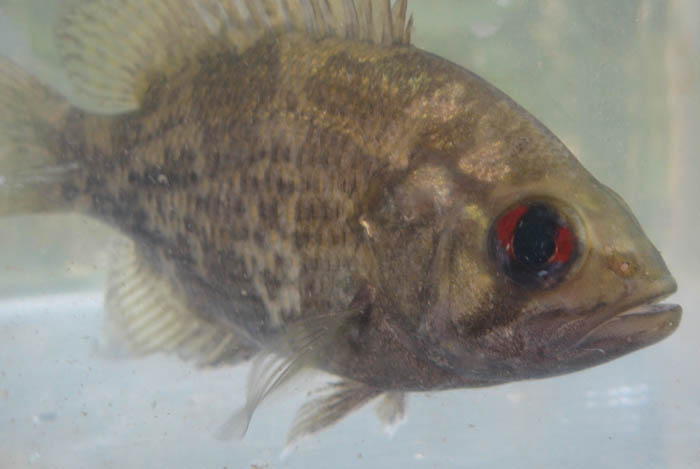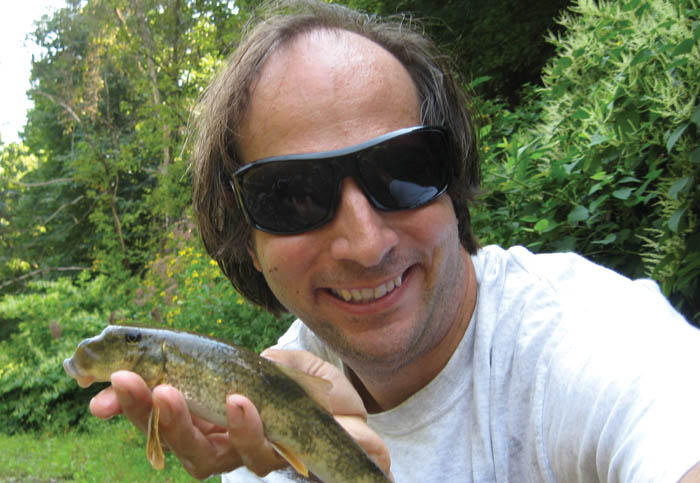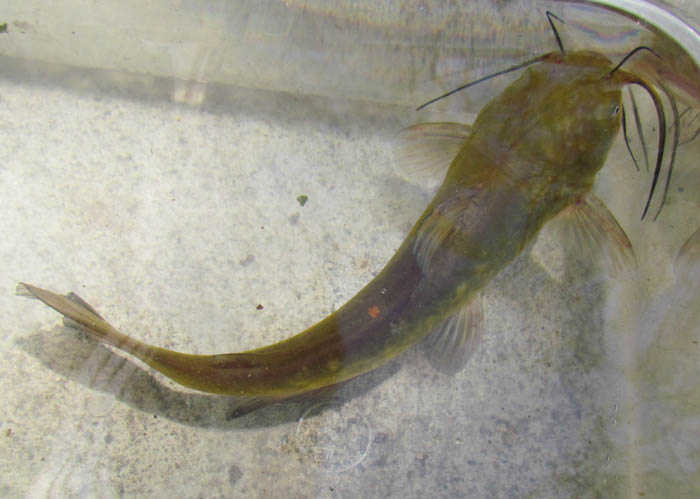Today, while walking along the Erie Canal, I saw clouds of mud in the shallow water. I decided to further investigate the cause of this.
The Common Carp is native to Europe, but was first stocked into Ohio waters in 1879 as a food fish. This species thrives in a wide variety of conditions. They are highly tolerant of poor water quality and often become very abundant in areas where few other fish species will live.
Common Carp root around on the bottom while feeding often uprooting vegetation and making the water very murky. You know I can’t see a fish and not want to catch it – here’s a closer look at a Common Carp.
Adults are typically 15-30 inches, but occasionally can reach over 40 inches. Their scales are a bronze-golden color. A variety of carp known as koi are very colorful and often kept in decorative ponds and fountains.
These fish are in the same family as minnows. They prefer a warm body of water with a muddy bottom. In hot weather when water dries up, Common Carp have been known to survive for weeks by burying themselves in the mud.


